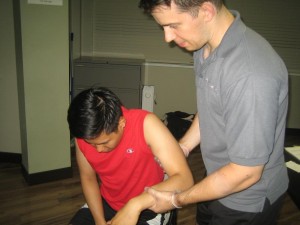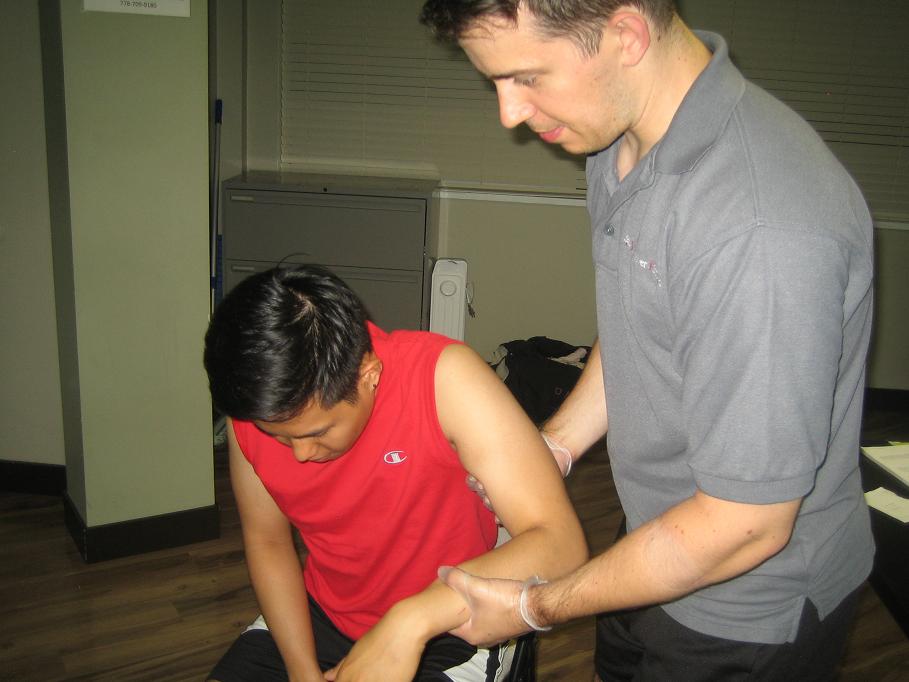Purge eating disorder is an eating disorder that is characterized by self induced vomiting. It is always associated with the desire of preventing weight gain and the individual manifesting this abnormal eating behavior often resorts to excessive exercise, laxative abuse and using diuretics to lose weight. Those with purge eating disorder are typically within the normal weight scale. However, the person often feels to have taken more food than necessary to control their weight, although their food intake is only in small servings.
The material posted on this page about eating disorders is for learning purposes only. To learn to recognize and manage victims of malnutrition, cardiac arrest or low blood sugar register for a first aid and CPR course today.
What are the signs of having a purge eating disorder?
The behavior of people with purging disorder includes frequent trips to the bathroom after eating in order to induce vomiting. Laxatives are often taken in order to reduce weight. Those with purging disorder usually report greater fullness and stomach discomfort. They thought that they have overeaten that is accompanied by the feeling of loss of control over eating even when they have only consumed relatively a normal amount of food. Vomiting is considered to be the most common form of compensation among individuals who have purge eating disorder. Some other compensatory behaviors include the use of medications such as laxatives, diuretics and diet pills, fasting, use of enemas, strict diets, ipecac use, chew spitting and insulin abuse.
How is purging disorder treated?

Since purging disorder is a newly recognized eating disorder, there is still no treatment protocol approved to manage the disorder. The best recommended treatment involves a team of multidisciplinary members such as a physician to help manage any medical problems arising out of the eating disorder, a dietitian to help the individual make a healthy eating plan and a counselor to teach the individual some healthy coping skills.
Complications of purging disorder
There are potential hazards that may arise with a purge eating disorder that results in serious health risks. These include dehydration, anemia, electrolyte imbalances, low blood pressure, possible kidney infection and damage, intestinal problems, stomach ulcers, mouth sores, damage to the esophagus, muscle weakness and broken blood vessels. Life threatening complications may occur with continuous purging behaviours. First aid or CPR may be necessary once purge eating disorder results in a medical condition like cardiac arhythmias that may lead to cardiac arrest. The other life threatening conditions that may also occur is a weakened heart muscle that puts the person at risk for heart failure and shock.
Reference
Radar Program. What is Purging Disorder?. Retrieved June 18, 2014 http://www.raderprograms.com/common-eating-disorders/purging-disorder-treatment.html

